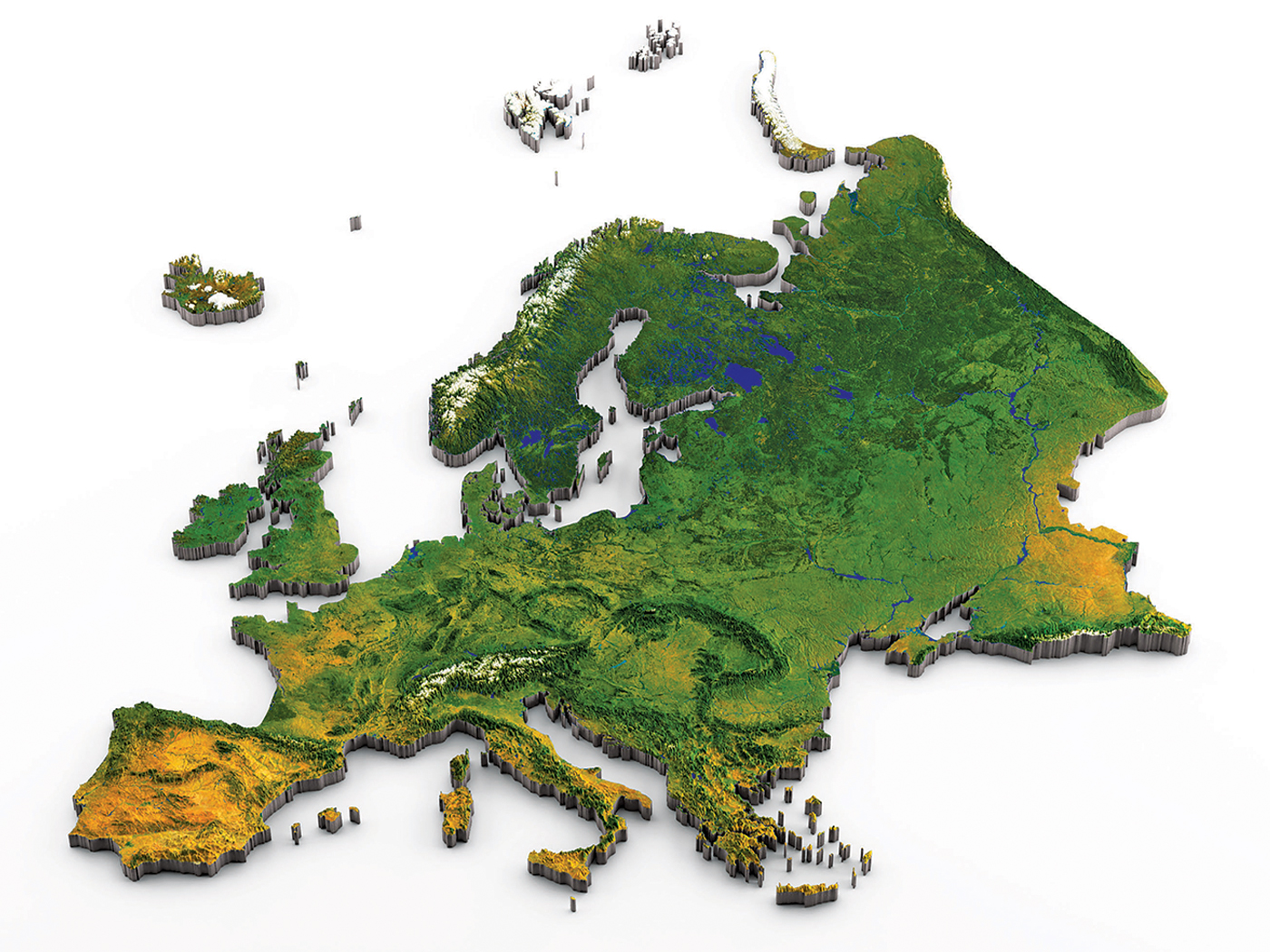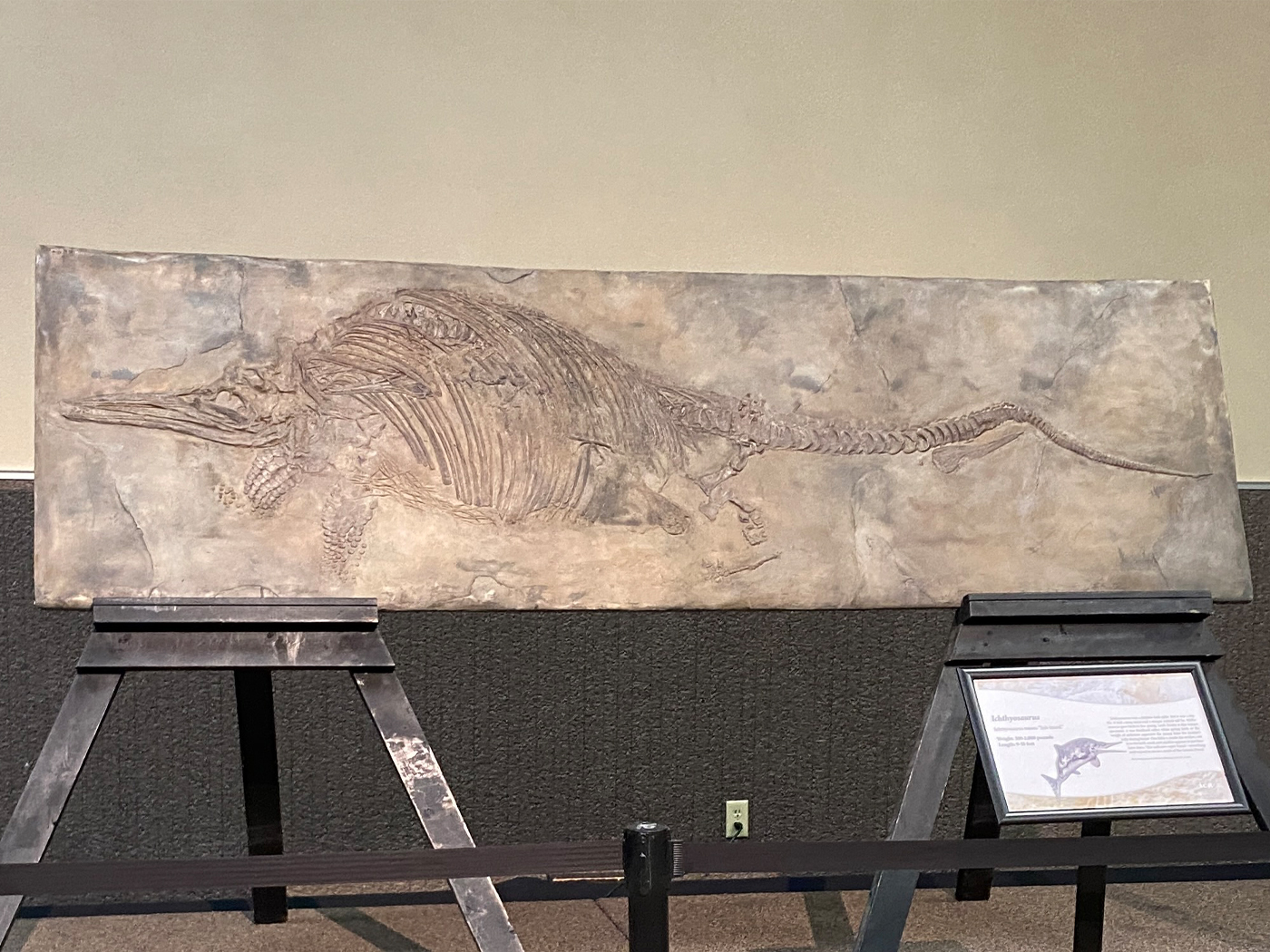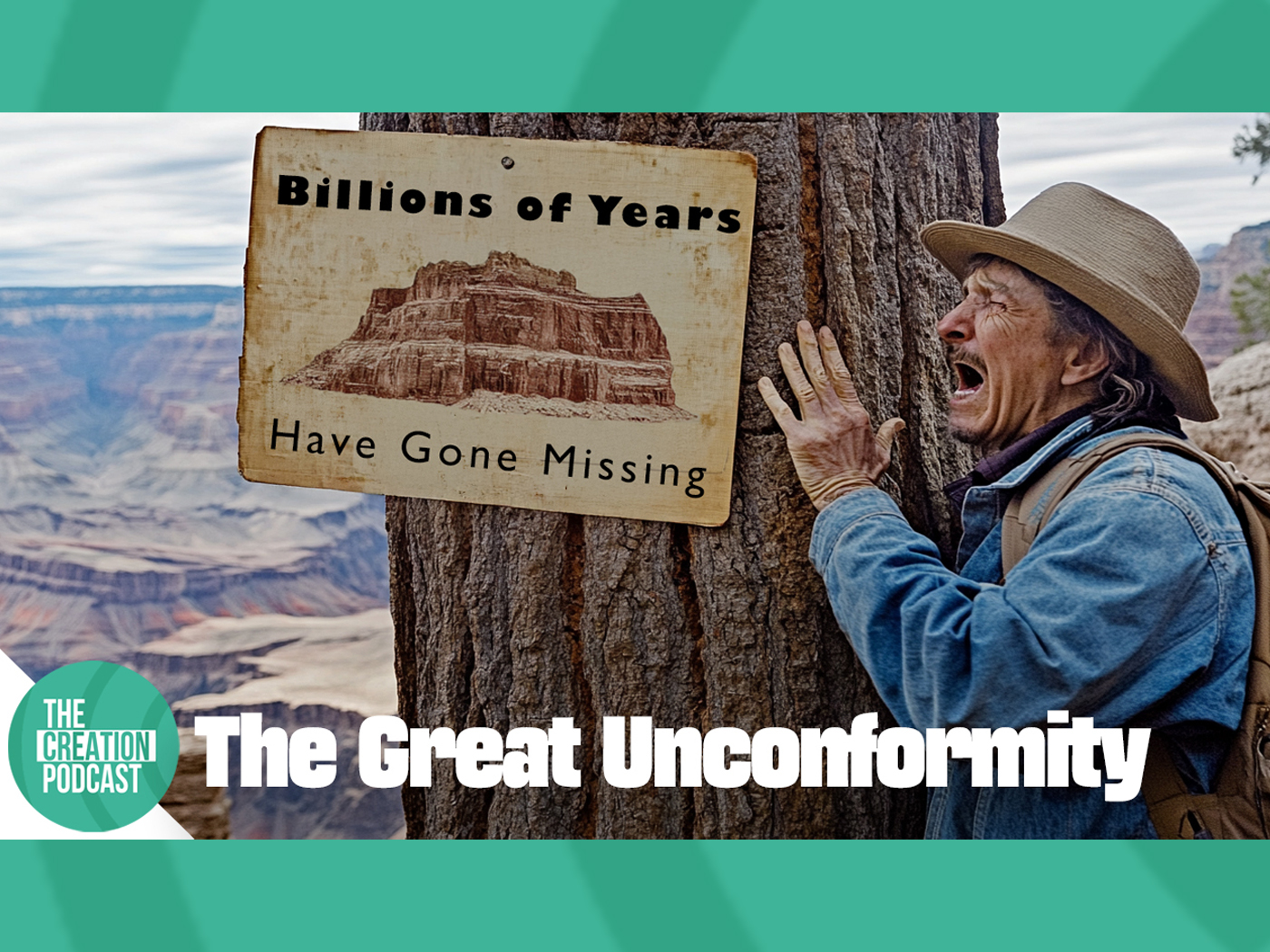According to the Bible, God introduced different human languages at Babel about 4,000 years ago.1 This brought about a dispersal and migration of the people assembled there, in accord with His original command to fill the earth.2 In contrast, evolutionary linguists believe that all languages developed over the last 12,000 years.
If the creation model of recent migration is true, one might expect to find regional languages that obviously came from the same language families initiated at Babel. And there should be less than 4,000 years' worth of differences between them…differences that inevitably happen as things such as words or pronunciation change between generations. A new study concludes that two language families from central Siberia and North America come from the same ancestral language, implying that they share a common and recent origin…just as the Bible relates.
UCLA's Jared Diamond wrote an article in Nature titled "Linguistics: Deep relationships between languages," in which he summarized the work of Edward Vajda.3 Vajda, whose works appear in the 2010 issue of the Anthropological Papers of the University of Alaska, found a very significant statistical link between the grammatical construction of the Yeniseian language family…represented by Ket, which is spoken by about 200 people in Siberia…and the North American Na-Dene language family, represented by Navajo and similar languages.
It is clear that all the languages within these two families were once one language. But one of the "questions that most trouble linguists," wrote Diamond, is "why do Yeniseian and Na-Dene languages still show such a strong relationship if they diverged 12,000 years ago, when other languages diverge beyond recognition after 5,000–10,000 years ago?"3
That question should actually be separated into several questions: Why do these languages appear so similar if they diverged 12,000 years ago? Did they actually diverge 12,000 years ago? Did all languages begin from one language that diverged over eons of evolution, or were they created as distinct languages from their very beginnings?
First, "other languages" never did "diverge beyond recognition." Instead, they were created so that they were "beyond recognition" right from the start at Babel. It was probably this inability to communicate between the various family groups that led to their dispersal.
More significantly, the reason these languages "still show such a strong relationship" could be that the ancestors of its modern speakers were part of the same family group only 4,000 or fewer years ago. Where are all the differences that should have arisen over the course of 12,000 years of supposed Na-Dene and Yeniseian linguistic evolution? Changes have occurred, but apparently not 12,000 years' worth.
These two languages are separated by a distance that was certainly traversable by foot within one or two generations during the post-Flood Ice Age, when sea level was 100 meters lower and a land bridge spanned today's Bering Strait.4 However, the languages within the two language families under consideration could not be separated by as much time as evolution insists, because they are still so similar. The evidence from the languages points to a recent, common origin, a scenario that perfectly fits the biblical model of a young earth.
Reference
- Genesis 11:6-7.
- Genesis 1:28.
- Diamond, J. 2011. Linguistics: Deep relationships between languages. Nature. 476 (7360): 291-292.
- Hoesch, B. 2007. Megafloods in the English Channel. Acts & Facts. 36 (10): 14.
* Mr. Thomas is Science Writer at the Institute for Creation Research.
Article posted on August 30, 2011.
















